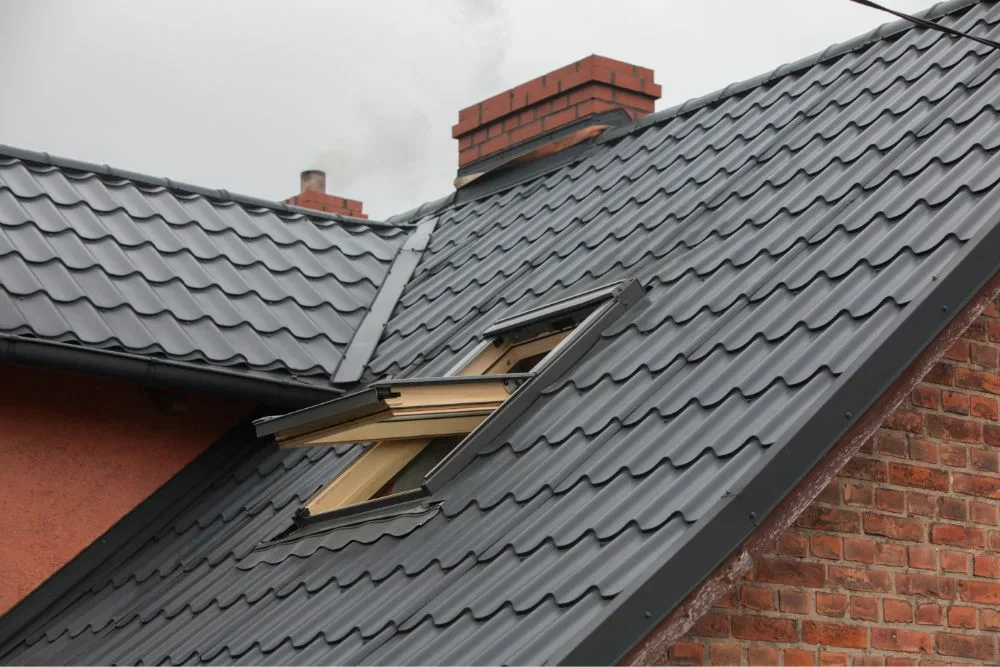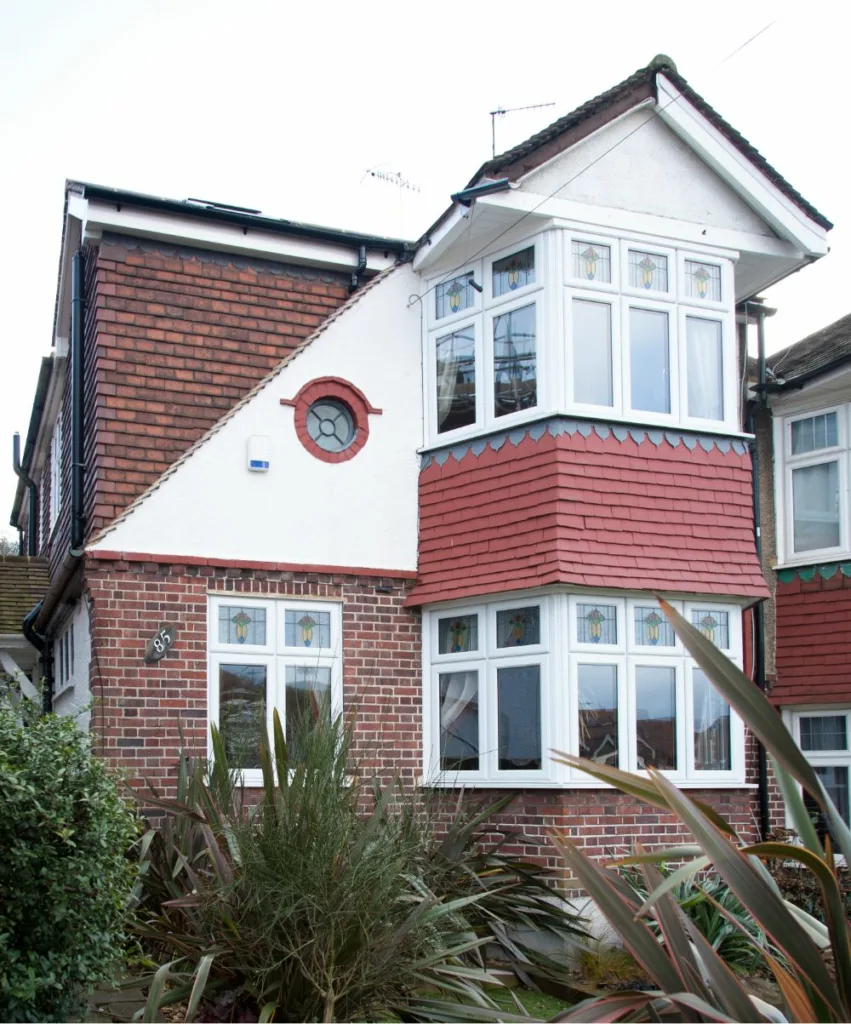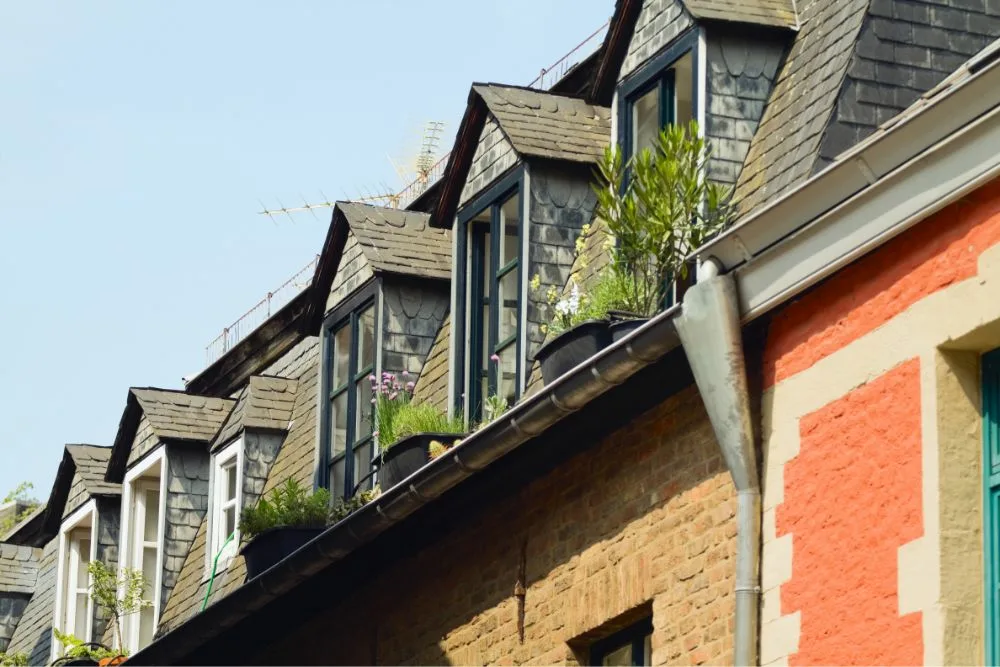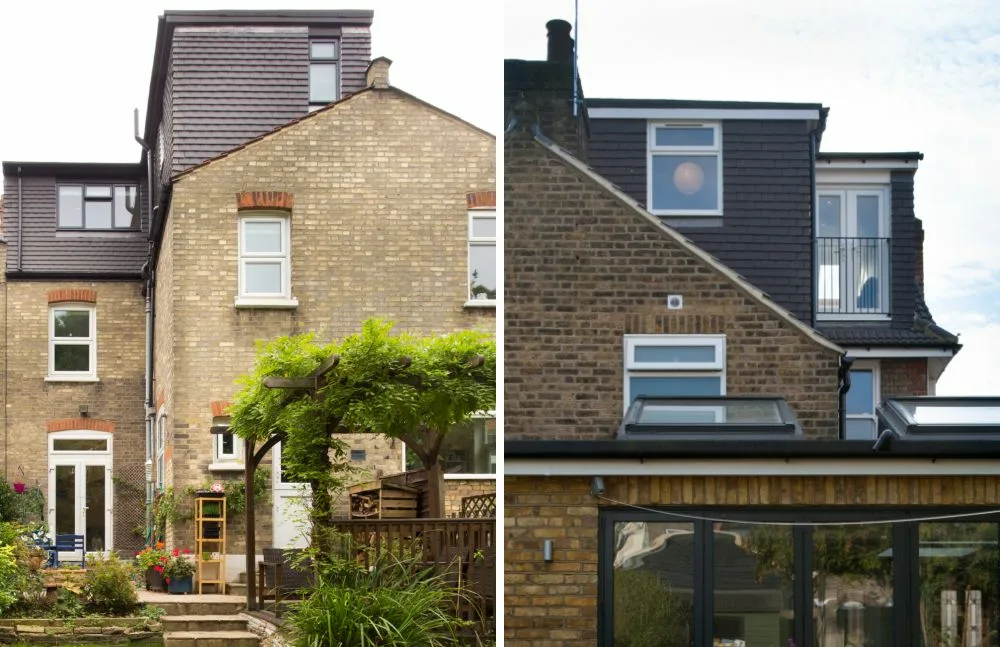Blog Post
The Simple Guide to Loft Conversions
A loft conversion is one of the most effective ways to add space and value to your home. Whether you need an extra bedroom, office, or playroom, converting your loft can maximize your property’s potential. However, with different types of loft conversions available, it can be overwhelming to decide which is best for your home. This guide explores the various loft conversion options, their costs, benefits, and key considerations before getting a quote.

What is a Loft Conversion?
A loft conversion involves transforming an unused attic space into a functional living area. This process typically includes structural work, insulation, electrical installations, and sometimes changes to the roof.
Loft conversions are popular because they offer additional space without the need for a costly home extension or relocation. Depending on your budget, roof structure, and local planning regulations, different types of loft conversions may be suitable for your property.
What Types of Loft Conversions Are There?
There are several types of loft conversions, each catering to different property styles and budgets. Below are the most common options:
Velux (Rooflight) Loft Conversion

- Cost: £25,000 – £40,000
- Best for: Homes with sufficient head height
- Benefits:
- Least disruptive and most affordable option
- Maintains original roof structure
- Allows plenty of natural light
- Considerations:
- Limited additional headroom
- May not be suitable for properties with low-pitched roofs
Dormer Loft Conversion

- Cost: £40,000 – £55,000 depending on Dormer style
- Best for: Properties requiring more headroom and space
- Benefits:
- Increases head height and floor space
- Can accommodate an extra bedroom or en-suite
- Generally falls under permitted development
- Considerations:
- Requires more structural changes than a Velux conversion
- Slightly more expensive
Hip-to-Gable Loft Conversion

- Cost: £45,000 – £60,000
- Best for: Semi-detached or end-terrace homes with hipped roofs
- Benefits:
- Maximises space by replacing sloped roof with a vertical gable wall
- Allows for larger room layouts
- Considerations:
- Requires significant structural changes
- May need planning permission in some areas
Mansard Loft Conversion

- Cost: £50,000 – £75,000+
- Best for: Homes in urban areas, particularly terraced properties
- Benefits:
- Creates a large living space with near-vertical walls
- Often blends seamlessly with the existing property
- Considerations:
- Usually requires planning permission
- One of the most expensive options
L-Shaped Loft Conversion

- Cost: £45,000 – £60,000+
- Best for: Victorian and Edwardian properties with a rear extension
- Benefits:
- Offers the most space and flexibility
- Ideal for creating multiple rooms
- Considerations:
- Requires substantial structural work
- Higher costs compared to simpler conversions
Which Are the Most Common Types?
The most common types of loft conversions are Dormer and Velux (Rooflight) conversions. Dormer conversions are popular because they offer a good balance of affordability and added space, while Velux conversions are the simplest and least expensive option. Hip-to-gable conversions are also common in semi-detached homes, providing a practical way to extend attic space.
Which Type of Loft Conversion Will Suit My Property?
The best loft conversion for your home depends on several factors:
- Roof Structure: Properties with higher roof pitches can accommodate Velux or Dormer conversions, while homes with hipped roofs may need a Hip-to-Gable conversion.
- Budget: If you have a limited budget, a Velux conversion may be the best option. If you want maximum space, a Mansard or L-Shaped conversion could be ideal.
- Planning Permissions: Some loft conversions, like Mansard conversions, require planning permission, while others may fall under permitted development.
- Intended Use: If you need a small home office, a simple Velux conversion may be sufficient. For a full bedroom with an en-suite, a Dormer or L-Shaped conversion may be more appropriate.
What Do I Need to Consider Before Getting a Quote?
You should consider the following, and Marken Lofts can advise on all aspects of the process:
- Building Regulations: All loft conversions must comply with building regulations for safety, insulation, and fire safety.
- Structural Integrity: A structural assessment will determine if your home can support the extra weight.
- Access and Staircase Design: You may need to modify your home to accomodate a new staircase.
- Lighting and Ventilation: Consider skylights, dormer windows, or Velux windows for natural light.
- Insulation and Heating: Ensure your loft is well-insulated and connected to your home’s heating system.
- Cost and Financing: We will provide guidance and support and work with you to provide the best option for your property and budget.
Conclusion
A loft conversion is a fantastic way to add space and value to your home, but choosing the right type depends on your property’s structure, budget, and needs.
Whether you opt for a simple Velux conversion or a more complex Mansard or L-Shaped conversion, careful planning and expert advice will help you achieve the best results.
Before starting, consult with us to ensure your project meets building regulations and enhances your home in the best way possible.
For advice on a loft conversion or for a free survey call 0800 111 4883 or enquire online:
"*" indicates required fields
